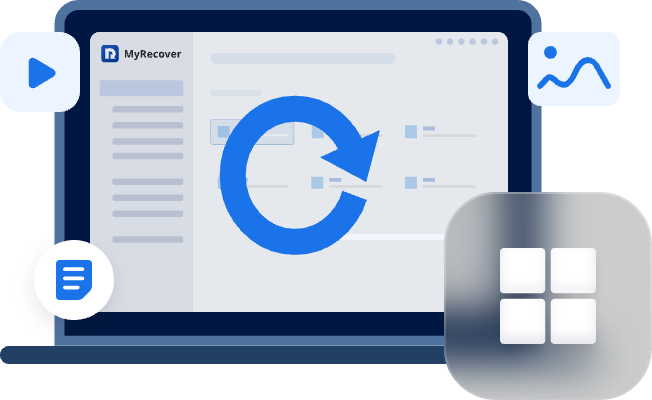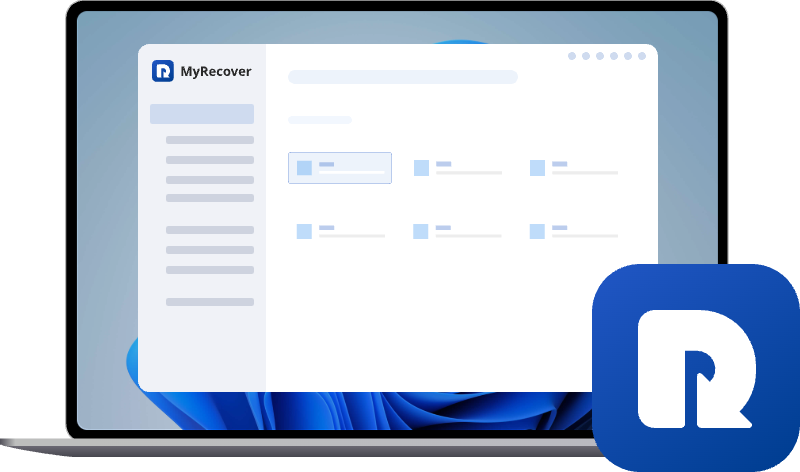How to Recover Data from a Formatted Hard Drive Free | Proven Solutions
Actually, if you accidentally format a hard drive, don’t worry about losing the data stored on it. In the following article, you can learn how to recover data from a formatted hard drive and some factors that affect the success rate of data recovery.
Why Formatting is Necessary at Times
As we all know, formatting hard disk can cause the loss of all data stored on it. As a result, many people see no benefit in formatting the hard drive. Actually, formatting hard disk is a good way to solve some problems, such as changing file system, completely cleaning data, improving drive performance, etc. Formatting can make a hard disk with these problems usable again.
The Change of File System: Many features and tools in Windows are not compatible with all file systems. For instance, File History only supports backing up NTFS drives. If you possess a FAT32 - formatted hard disk and desire to back up the files on it, you must format and convert it to the NTFS file system. Otherwise, an error code might be displayed.
Drive Performance: As usage grows, storage devices become fragmented and the speed at which data can be written decreases. Formatting is the easiest and most effective way to restore hard disk performance.
Data Corruption: Data corruption can be caused by a variety of reasons and may even result in damage to the file system structure. Formatting the hard disk can help resolve data-related issue caused by corruption and make the disk usable again for storing data.
Computer Virus: Viruses and malware may corrupt the files and data on your hard disk. If you can't remove them effectively, you may have to format the hard disk.
- ★Tips:
- When you perform formatting of a hard disk, checking the “Quick Format” option can make it easier to recover data from the formatted hard drive.
The Factors Affecting Formatted Data Recovery Success
While formatting is sometimes necessary, it inevitably raises a question: Can files be recovered after formatting? The answer depends on several technical factors. If you've formatted a hard drive by mistake and desire to retrieve lost data, understanding how to recover data from a formatted hard drive requires analyzing these key variables first.
The Type of Format: In a quick format, the file system is cleared, and the drive's directory is updated to show the drive as empty. However, the actual data is still physically present on the hard drive. This makes recovery highly likely. When it comes to a full format, the data will be overwritten with zeros, which makes recovery much more challenging.
Post-format Activity: After formatting the hard disk, if you still want to recover the data, it's crucial to ensure that you do not continue to use this hard disk for storing any more data. Otherwise, it will result in the permanent overwriting of the data, making recovery extremely difficult.
Drive Type: SSDs and HDDs do not process data in the same way. When you format an SSD, the system automatically sends a TRIM command to the SSD. This command marks the data blocks for erasure, preparing the SSD to efficiently store new data. While TRIM, beneficial for extending an SSD's lifespan, complicates the recovery of deleted data, HDDs operate without such a command.
Encryption: File encryption elevates the challenge of format recovery from the technical level to the cryptographic level. For fully encrypted drives, recovery is difficult even for professional organizations without a key, while file-level encryption may also damage file names and directory structures.
How to Recover Data from a Formatted Hard Drive Free
Now that you've assessed these factors affecting the formatted data recovery success, it can be reassuring because there is a glimmer of hope to recover data after formatting. Here are several proven methods for how to recover data from a formatted hard drive.
With Backup
Regularly backing up your files, a good habit, ensures you don't have to worry about data loss. With file backups in place, the process of restoring files becomes very remarkably straightforward. If you have enabled the built-in file backup tool of Windows beforehand, you can recover your data in the following two ways.
Restore Your Files from File History
Windows File History is a useful feature. Once set up, it automatically and regularly backs up files in your user libraries, like Documents, Pictures, and Music. It saves multiple versions of your files, so you can easily restore an earlier copy whenever required.
Step 1. Type “Restore your files from File History” in the start menu and open it.
Step 2. Browse through all the backups and select the files or folders you want to recover.
Step 3. Click the “restore” button to recover files.
Backup and Restore (Windows 7)
Backup and Restore feature is the process of copying data and applications to a secondary device or location, you can use those copies to recover data in case of loss or damage. If you have enabled this feature and backed up the relevant files before formatting the hard disk, you can restore the data through the backup following these steps.
Step 1. Type “backup settings” in the start menu and open it.
Step 2. Click “Go to Backup and Restore (Windows 7)” and “select another backup to restore files from”.
Step 3. Choose a created backup on your computer and click “Next”.
Step 4. Choose the option “Select all files from this backup” and click “Next”.
Step 5. Select a location to restore files and click “Restore”.
Wait several minutes until the message “Your files have been restored” appears on the screen. Then you can check the restored files in the designed destination folder.
"File History" and "Backup and Restore" are both effective file recovery tools built into Windows. You can safeguard your data more effectively only when you apply these methods appropriately in various data loss situations.
Without Backup
If, unfortunately, you don't have a backup file, recovering formatted data is much more complicated. But that doesn't mean there's nothing you can do. You can try these two professional data recovery software programs.
Windows File Recovery
Windows File Recovery is a command-line tool available for Windows 10 and later versions. Developed by Microsoft, it is a free tool designed to recover deleted or lost files from local storage device (including internal drives, external drives, SD card and USB flash devices). You can use Windows File Recovery command to recover lost data following these steps.
Step 1. Go to official Microsoft channel to download and install this application on your computer.
Step 2. Type “Windows File Recovery” in the start menu and right-click to choose “Run as administrator”.
Step 3. Enter the command winfr G: E: /extensive and press “Enter” (replace the letter "G" and "E" with your actual source drive letter and destination drive letter).
When the scanning process reaches 100%, you can press “y” or “n” to check the recovered data in the destination drive.
MyRecover
Although Windows File Recovery is a powerful data recovery tool, the fact that it is a command line tool discourages many people, especially computer novices. If you want a tool that is simpler to operate and more friendly to newbies, you can consider MyRecover.
MyRecover is a professional data recovery tool. Even if you don't backup the lost data, it enables you to restore the files you want. MyRecover adopts graphical user interface, and you just need to click on the icons to complete the data recovery. In addition, during the scanning and recovery process, MyRecover only reads files and does not write any data to your disk. Therefore, it will not result in the permanent overwriting of data.
Step 1. Download and install MyRecover on your computer (don't install it on the formatted hard drive).

- Recover Windows data for free in just 3 simple steps.
- Recover 1000+ file types, including Word, Excel, PPT, images, videos, archive, emails, etc.
- Restore from HDD, SSD, external hard drive, USB drive, SD card, etc.
-
Recover from deleted or formatted partition, emptied Recycle Bin, system crash, virus attack, etc.
Step 2. Select the formatted drive to scan and click “Scan”.
Step 3. Choose the files you want to recover and click “Recover”.
Step 4. Select a different location to save the recovered files.
Then wait for the recovery process to complete, and you can check the recovered files in the designated location.
Summary
Formatting a hard disk is not a terrible thing; on the contrary, in many cases, hard disk formatting will improve the working performance of the hard disk. It's highly recommended to make a backup of your important files before formatting. Nevertheless, even if you don't have a backup, you can still recover the lost data from a formatted external or internal hard drive with a professional tool like MyRecover.
Not only that, MyRecover comes in Professional and Technician editions, specifically designed to meet the more advanced needs of the professionals. You can preview the file contents before recovery to make sure they are the files you want, and you can also use it to recover data from a computer with a system crash.


